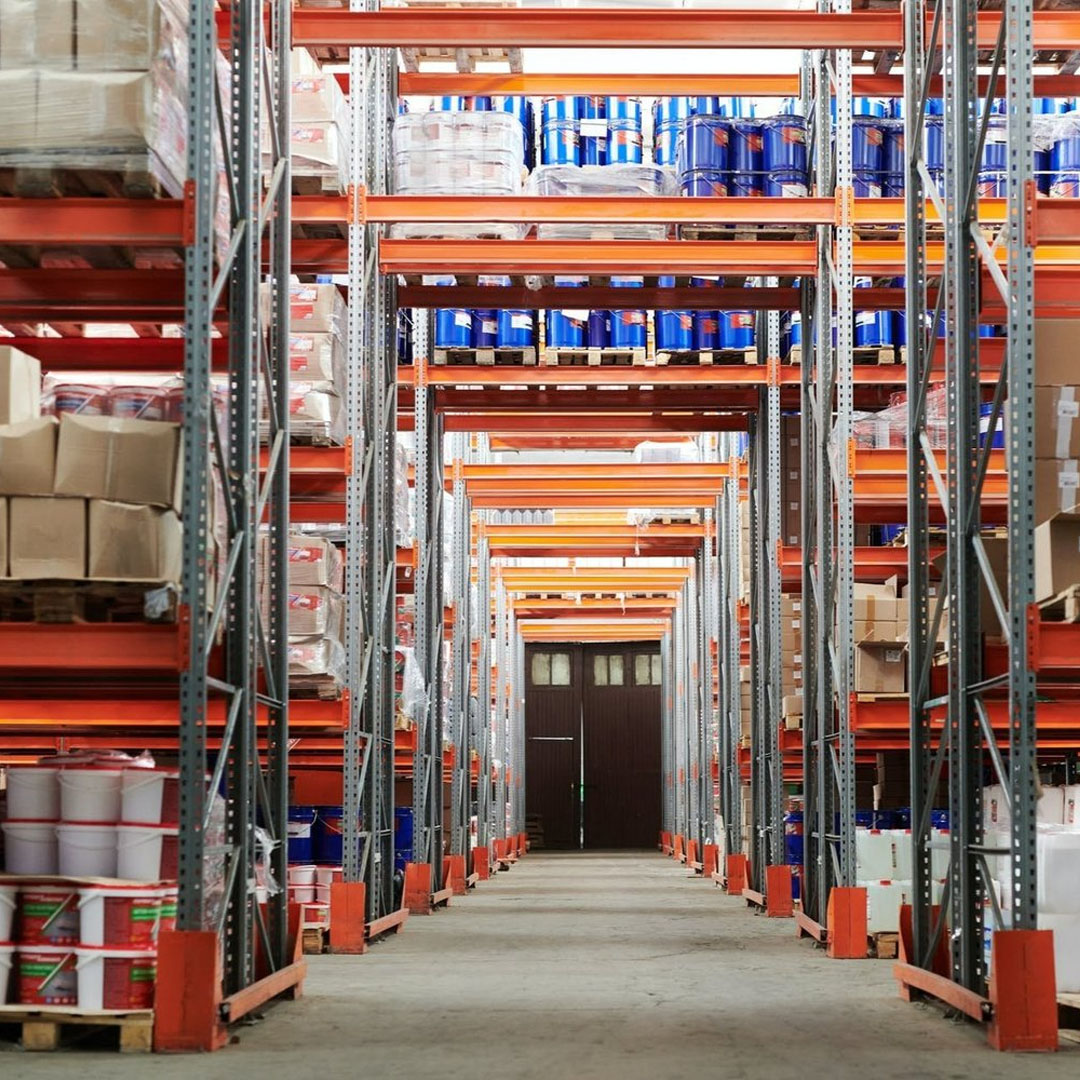Storage to Success: Navigating the Warehouse Landscape
In today’s fast-paced business world, efficient warehousing is a critical component of success. Warehouses have evolved from mere storage spaces to sophisticated hubs that play a pivotal role in the supply chain. This transformation is driven by technological advancements, changing consumer preferences, and the need for businesses to stay competitive. To navigate the warehouse landscape successfully, it’s essential to understand the key factors that contribute to efficiency and growth. the journey from storage to success in the world of warehousing.
Automation and Technology Integration
One of the most significant shifts in warehousing has been the integration of automation and advanced technologies. Robotics, artificial intelligence, and IoT (Internet of Things) have revolutionized the way warehouses operate. Automation not only increases efficiency but also reduces errors, making it a critical component of a successful warehouse.
Automated storage and retrieval systems for example, enable efficient organization and retrieval of goods. These systems use robotic arms and conveyors to transport products, significantly reducing the need for manual labor. In addition, IoT technology allows for real-time tracking of inventory, providing accurate data for better decision-making.
Efficient Space Utilization
The demand for warehouse space is higher than ever due to the growth of e-commerce and the need to store a wide variety of products. Maximizing space utilization is essential to success. Modern warehouses employ advanced storage solutions, such as vertical racking systems and optimized shelf layouts, to make the most of available space.
Furthermore, a well-organized layout and efficient routing of goods within the warehouse can reduce picking times and increase productivity. Utilizing every inch of your warehouse effectively can make a substantial difference in your overall performance.
Data-Driven Decision-Making
In the past, warehouse management relied on intuition and experience. Today, data-driven decision-making is the norm. Advanced Warehouse Management Systems (WMS) and Enterprise Resource Planning (ERP) software collect and analyze data to optimize processes. This data can provide valuable insights into product demand, stock levels, and employee performance.
Predictive analytics can forecast future inventory needs, helping businesses adapt to changing market demands. With data at your fingertips, you can make informed decisions to enhance warehouse efficiency.
Sustainable Practices
Sustainability is no longer just a buzzword but a crucial aspect of warehousing. Environmentally friendly practices not only contribute to corporate social responsibility but also lead to cost savings. Implementing energy-efficient lighting, using recyclable packaging materials, and reducing waste are steps towards a greener, more successful warehouse.
Skilled Workforce
Even with automation, a well-trained and motivated workforce remains essential. Employees should be well-versed in operating technology, maintaining equipment, and understanding safety protocols. Continuous training and development programs are crucial for keeping employees engaged and productive.
Flexibility in Operations
In today’s fast-paced environment, warehouses must be adaptable. The ability to scale operations up or down in response to market changes is a hallmark of a successful warehouse. Having flexible storage solutions, such as adjustable racking, and a workforce that can quickly adapt to new tasks is crucial in a dynamic business landscape.














